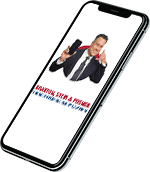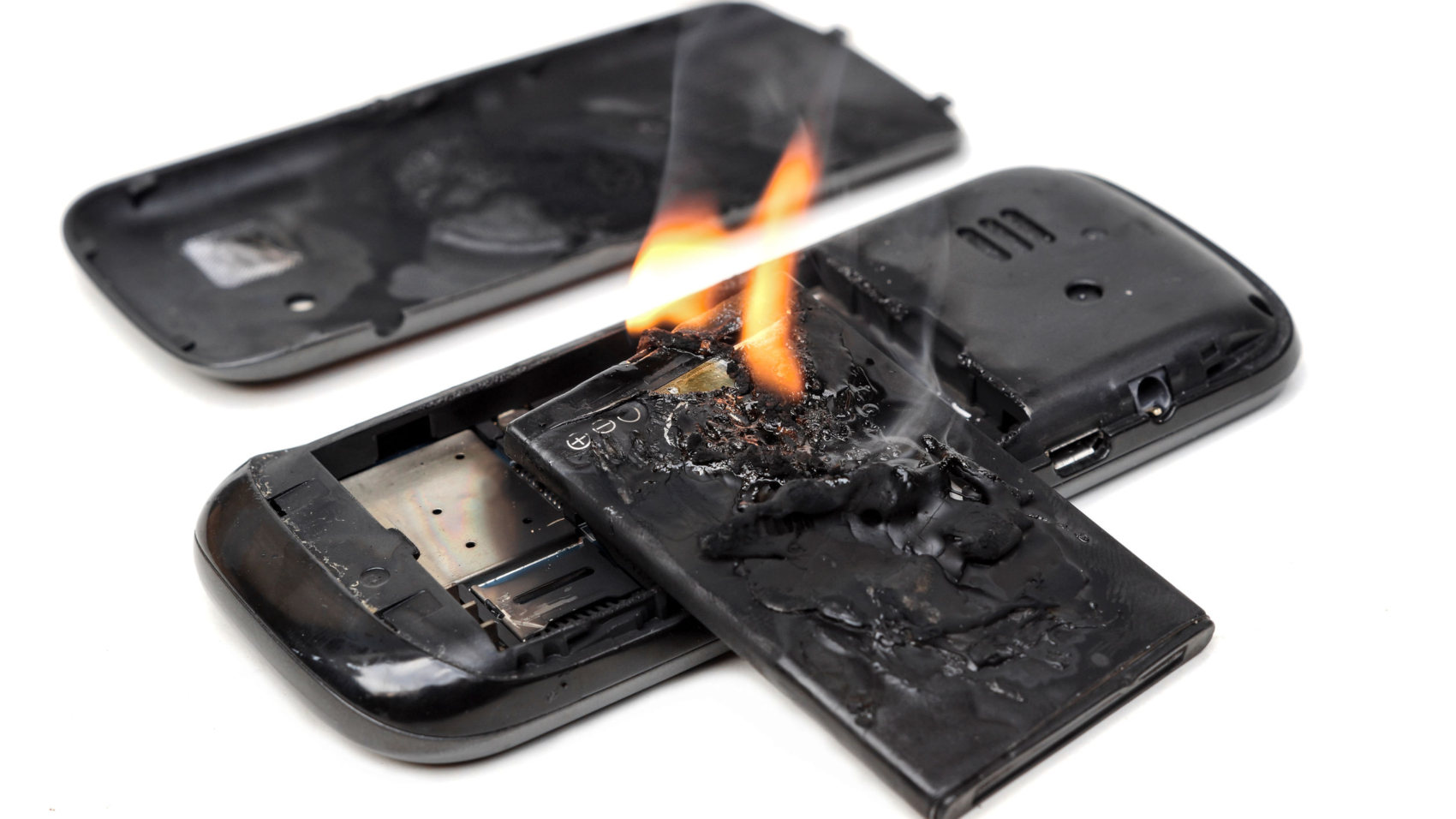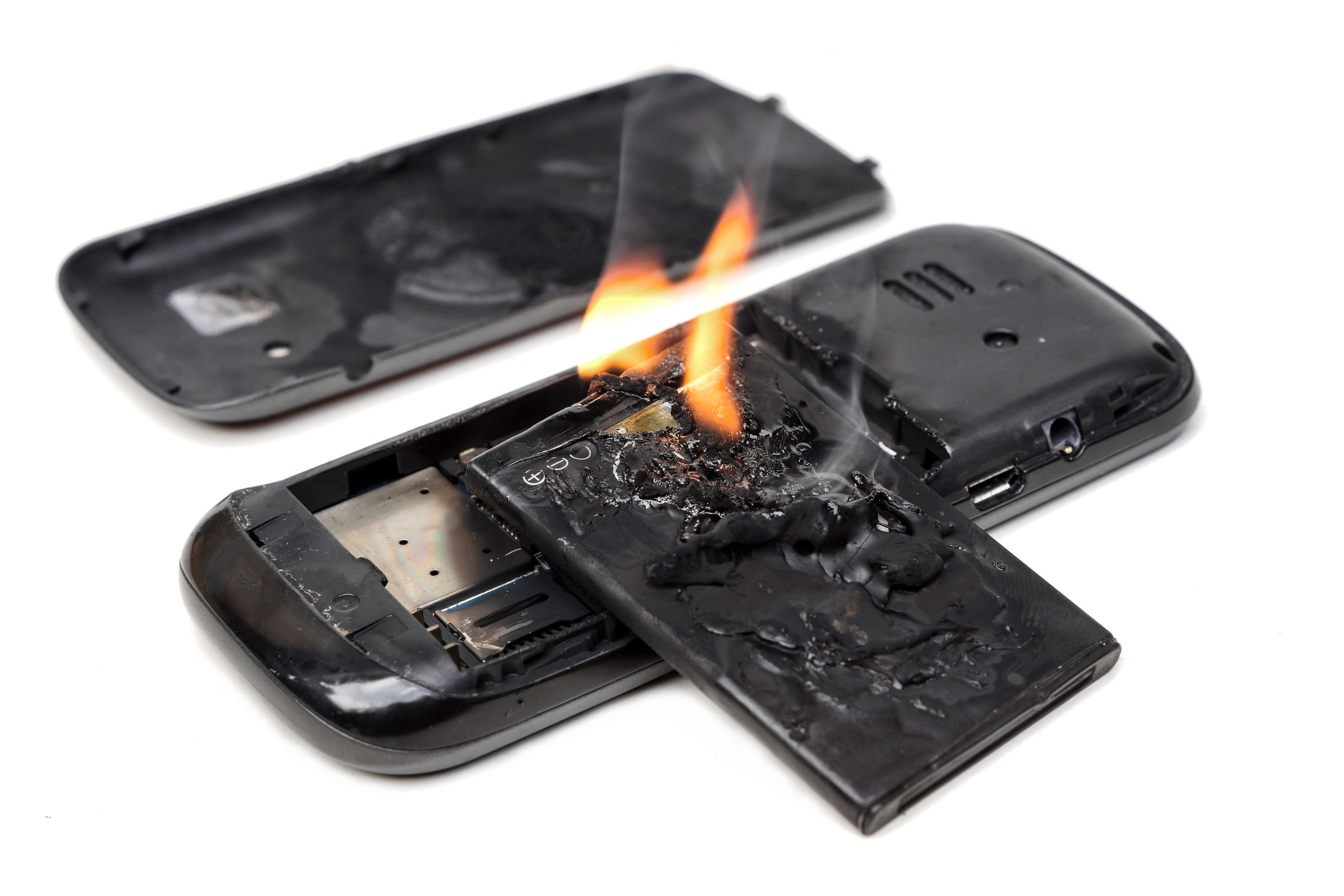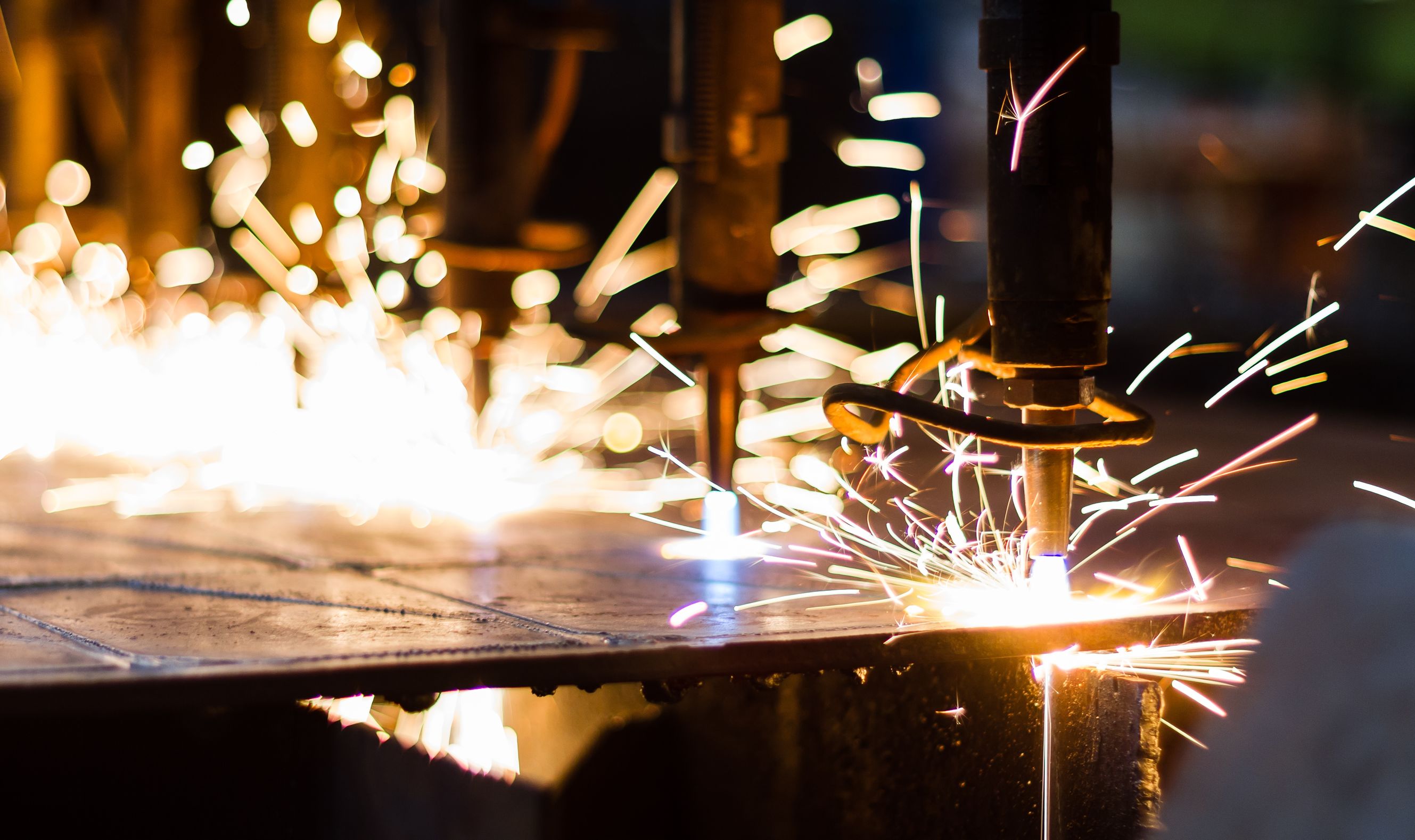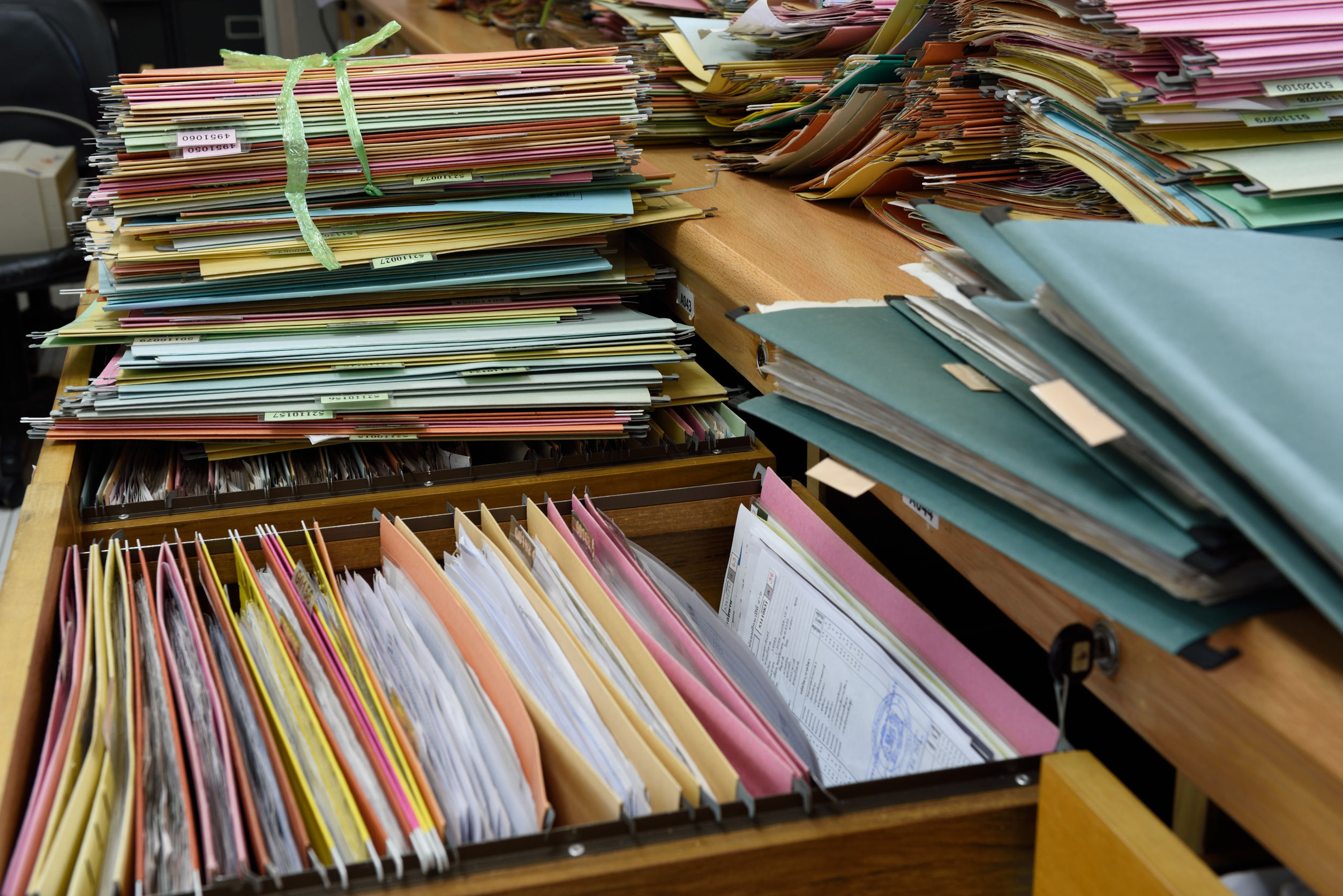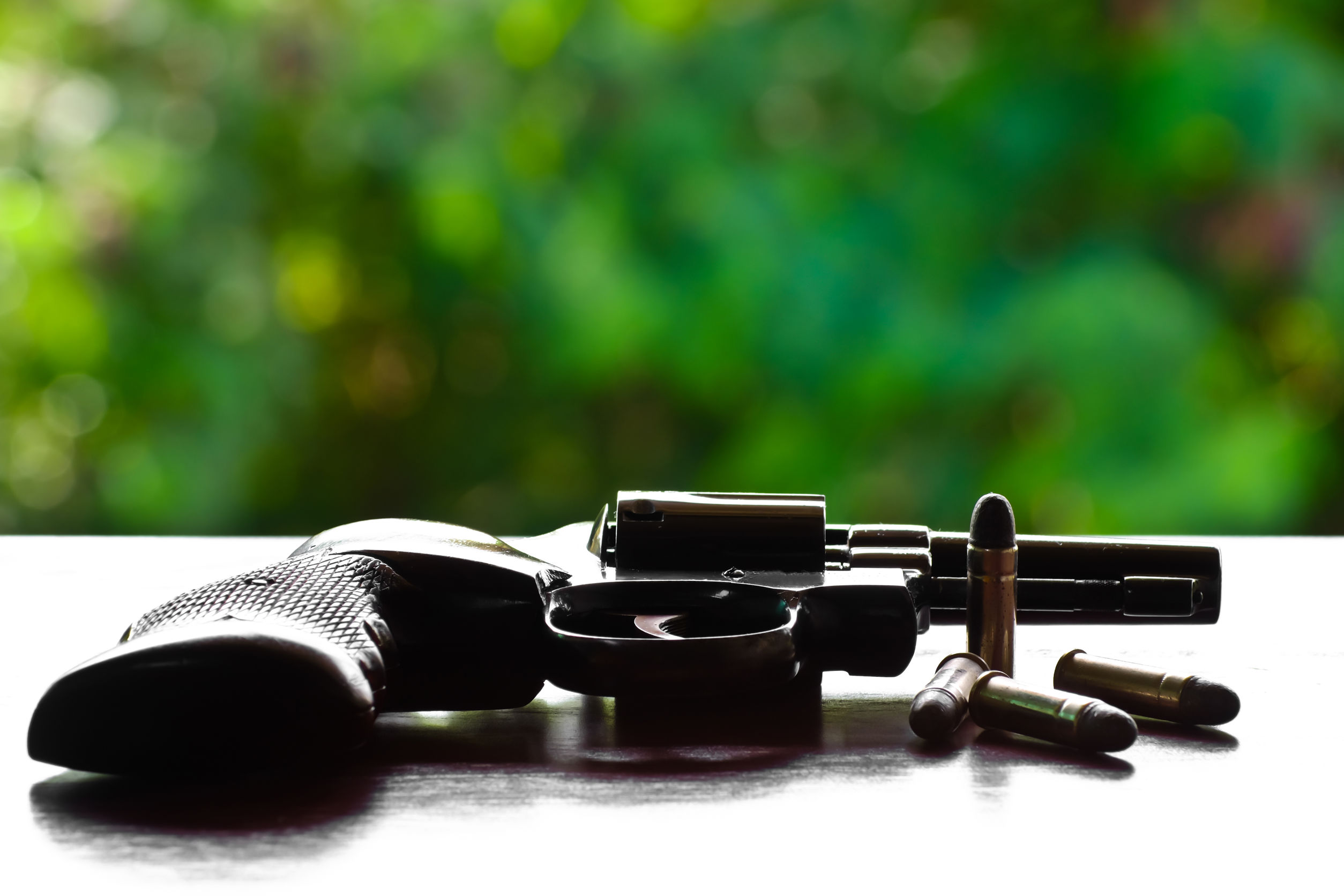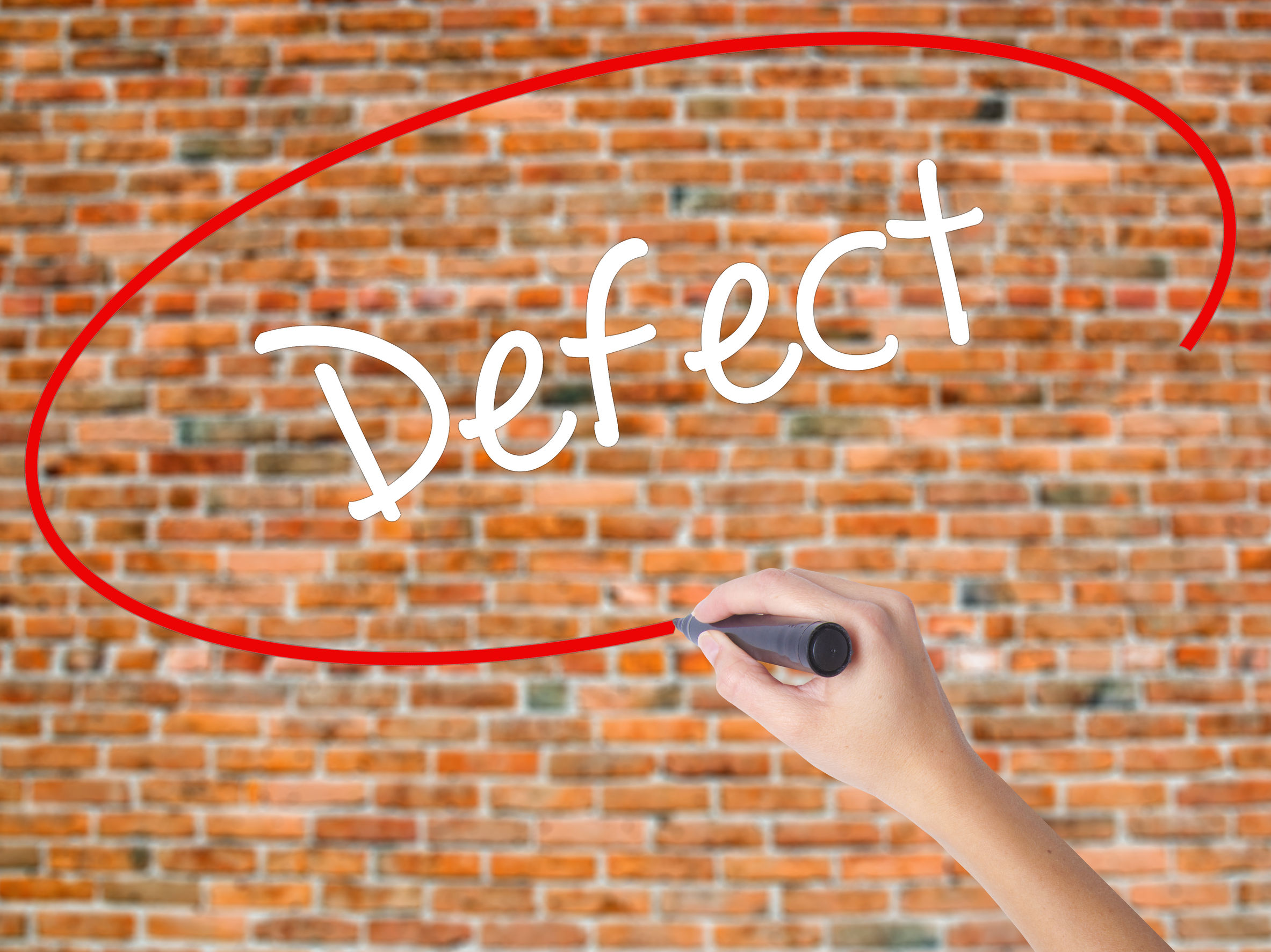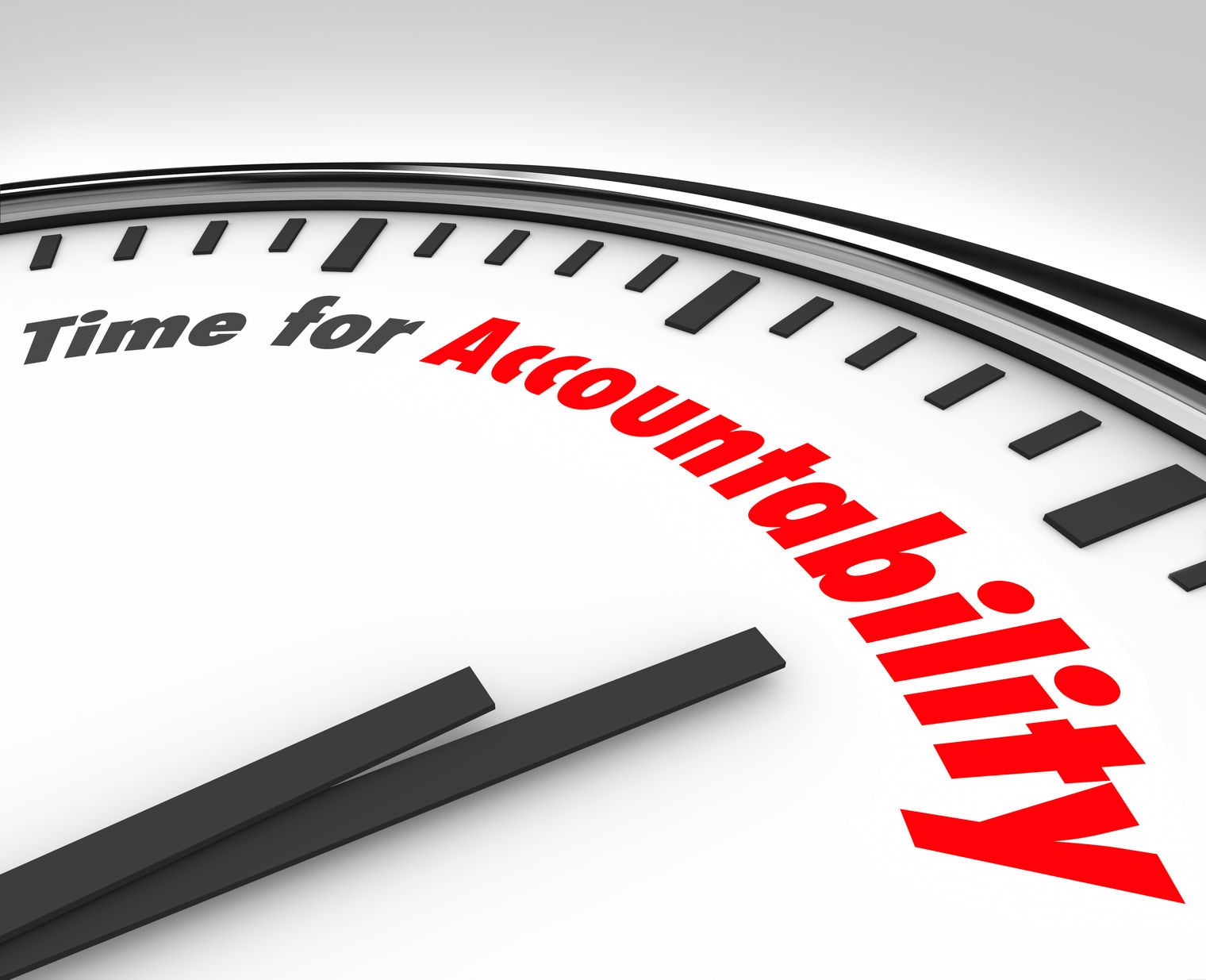Consumer products regulations ensure that most products on the market are safe for their intended use. However, some consumer products companies push the boundaries of regulations or cut corners in the design or manufacturing process, which can lead to dangerous defective products reaching US consumers.
When consumers are injured by a defective product, it may be possible to recover damages through a product liability suit. However, proving product liability is an in-depth process, and will require that you take action quickly after the accident, collecting evidence to demonstrate that certain elements were present.
Types of Product Liability Recognized in Florida
Most Florida defective product cases fall under the strict liability theory, otherwise known as a product liability suit. Product liability tends to fall into one of three categories: design defects, failure to warn, and manufacturing defects.
Design defects. If a product’s design is defective, it endangers the user even if it is perfectly manufactured. In order to prove that design defects caused the injury, the claimant must be able to demonstrate the following:
- It was possible for the manufacturer to use a design that was less dangerous.
- Using the less-dangerous design would have been technically and economically feasible.
- The less-dangerous design would not compromise the product’s functionality.
Failure to warn. Under Florida product liability law, a product can also be considered defective if the manufacturer did not provide sufficient instructions or labeling for safe product use. This is referred to as failure to warn.
Manufacturers are required to warn of any potential hazards associated with the product that are not readily apparent. Further, manufacturers must provide instructions for safe use. Failure to provide this information could result in the manufacturer being held liable for resultant injuries.
Manufacturing defect. A manufacturing defect is a chance occurrence, and it is not present in every individual product. For example, tire tread defects may lead to a tire blow out.
Elements Needed to Prove Liability in Florida
In order to win a product liability suit, you must be able to prove certain elements to establish that the manufacturer is liable for damages.
Injuries occurred. You must able to prove that injuries occurred. Evidence of the personal and financial damages resulting from these injuries is also helpful in seeking damages.
Injuries were due to the product in question. You must be able to demonstrate that your injuries occurred due to the product in question.
The product was defective. You must be able to demonstrate that the product in question was defective, usually due to one of the above specific defects.
What to Do if You Are Injured by a Defective Product in Florida
Product liability suits are fact-based, meaning every element of the case must be thoroughly documented. Therefore, if you are injured by a defective product, it is important to be aware of exactly what evidence you need to collect immediately following the injury.
Save the product as evidence. Product liability hinges on the product itself, which will serve as the most important piece of evidence in your case. Therefore, it is important to save not only the product, but also any packaging, manuals, and safety warnings. If you can provide a receipt or proof of purchase this will also be helpful., along with any accompanying warranty information.
Seek medical attention. To protect your safety, we advise that you seek medical attention for your injuries right away. Further, waiting to seek medical attention can also cast doubt on the severity of your injuries in a product liability suit. Keep all records of emergency room and doctor’s visits such that you can document that you sought medical attention.
Document your injuries. To seek damages, you must be able to document the extent of your injuries. Keep all medical records, including emergency room or office visit summaries, and results of diagnostic tests.
Taking pictures or videos of your injuries may also be helpful. This documents the extent of your injuries, and also how they affect your life. Pictures and videos may also be more relatable than written documentation in medical jargon.
Document what happened. To prove that the defective product caused your injuries, it is important to document the events that led to your injury. As soon as possible, write a time and date-stamped account of the accident (for example, using email or a cloud server), and include as much detail as possible.
If witnesses were present, ask them to provide a written account as well. They may also need to testify in court.
Keep medical bills, pay stubs, and tax returns. To demonstrate the financial damages caused by your injuries, save documentation such as medical bills, pay stubs demonstrating lost wages, evidence of sick days used, and tax returns.
Product liability suits are an important means to protect consumers from dangerous defective products. However, winning a product liability suit, requires a significant amount of clear, well-documented evidence supporting your case. This means that if you are injured by a defective product, you should be proactive by collecting the necessary evidence and seeking out legal guidance as soon as possible.
About the Author:
Jeffrey Braxton is a trial lawyer in Fort Lauderdale who has devoted his career to the practice of personal injury law. As lead trial attorney for the South Florida Injury Law Firm, Jeff has litigated thousands of cases and is a member of the Million Dollar Advocates Forum, an exclusive group of attorneys who have resolved cases in excess of one million dollars.



